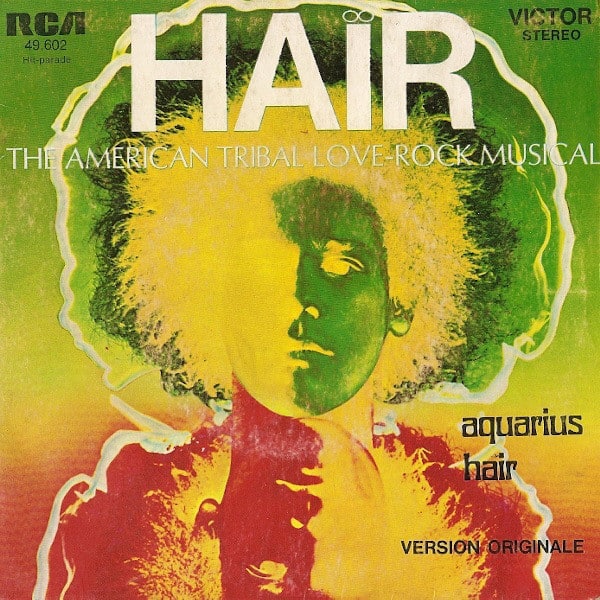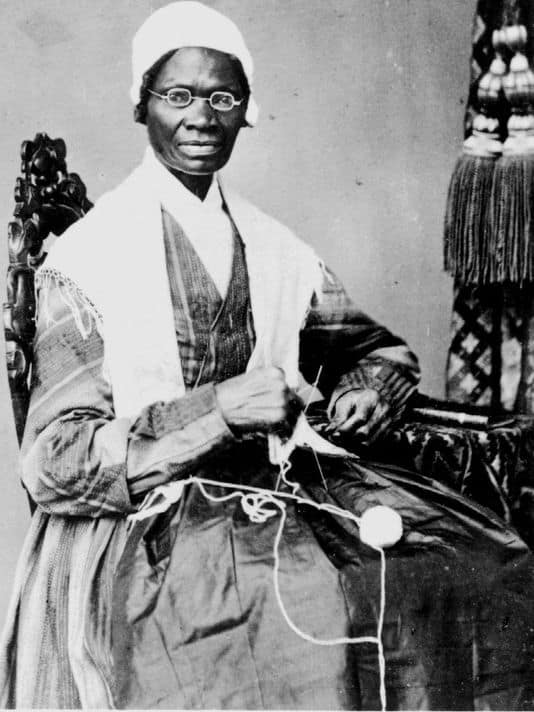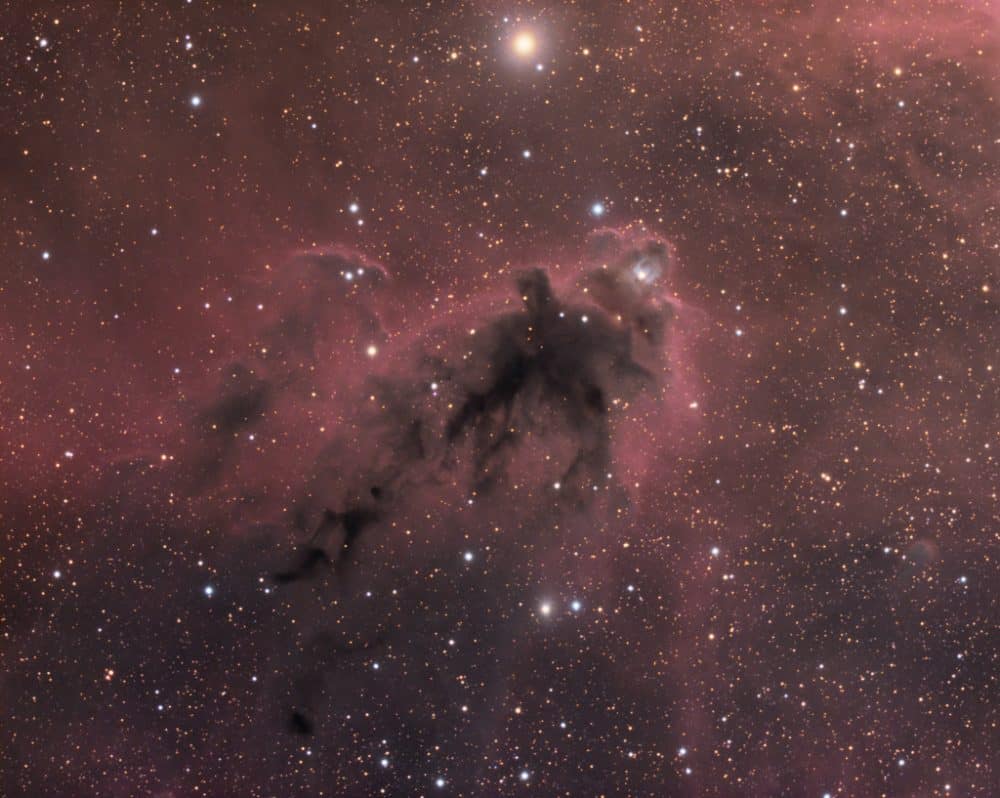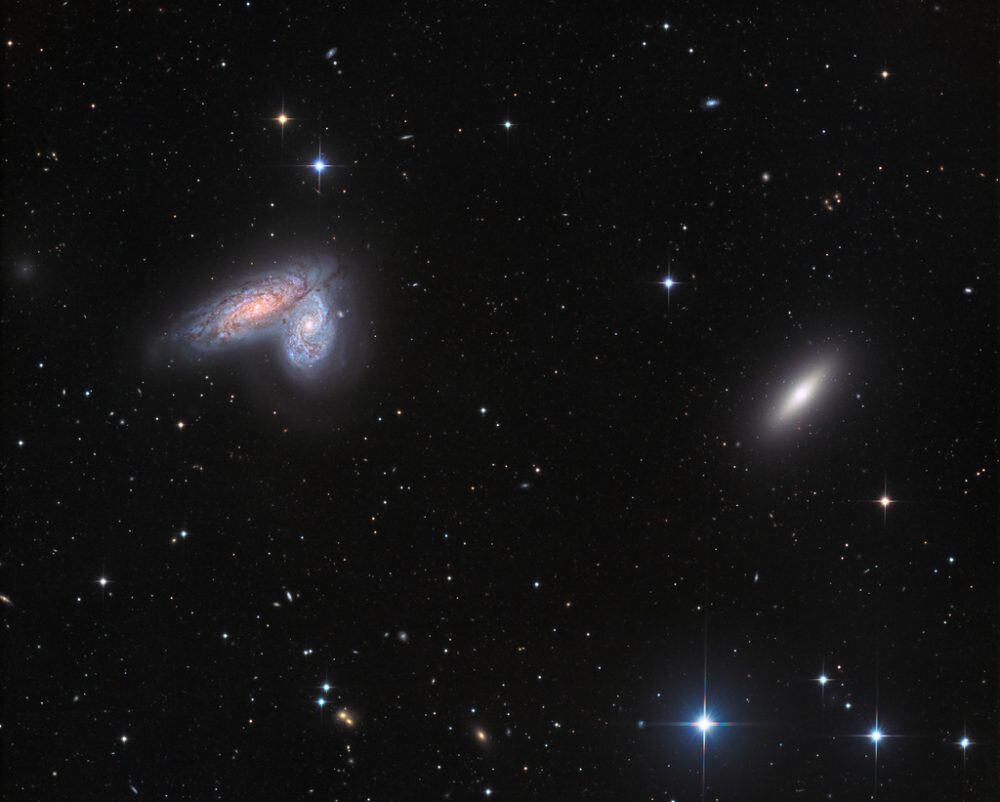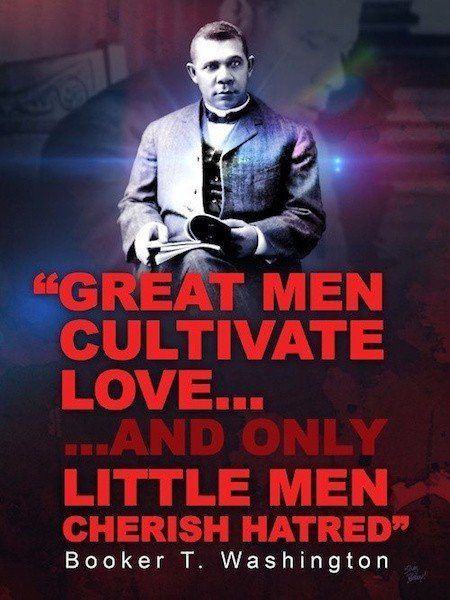Blog
Saturday February 2nd 2pm & 730pm matinee & evening shows
Mixed Blood Theater-Minneapolis
Music by Stephen Houtz, JD Lee and mick laBriola
more...
“Life is a hard battle anyway. If we laugh and sing a little as we fight the good fight of freedom, it makes it all go easier. I will not allow my life’s light to be determined by the darkness around me.” Sojourner Truth
more...The silhouette of an intriguing dark nebula inhabits this cosmic scene. Lynds’ Dark Nebula (LDN) 1622 appears against a faint background of glowing hydrogen gas only easily seen in long telescopic exposures of the region. LDN 1622 lies near the plane of our Milky Way Galaxy, close on the sky to Barnard’s Loop, a large cloud surrounding the rich complex of emission nebulae found in the Belt and Sword of Orion. But the obscuring dust of LDN 1622 is thought to be much closer than Orion’s more famous nebulae, perhaps only 500 light-years away. At that distance, this 1 degree wide field of view would span less than 10 light-years. Its foreboding appearance lends this dark expanse a popular name, the Boogeyman Nebula.
more...Graham William Nash, OBE (born 2 February 1942) is a British-American singer-songwriter and musician. Nash is known for his light tenor voice and for his songwriting contributions as a member of the English pop/rock group the Hollies and the folk-rock supergroup Crosby, Stills & Nash. Nash became an American citizen on 14 August 1978 and holds dual citizenship of the United Kingdom and the United States.
Nash is a photography collector and a published photographer. He was inducted into the Rock and Roll Hall of Fame as a member of Crosby, Stills & Nash in 1997 and as a member of the Hollies in 2010.
Nash was appointed an Officer of the Order of the British Empire (OBE) in the 2010 Birthday Honours List for services to music and to charity.
Nash holds four honorary doctorates, including one from New York Institute of Technology, one in Music from the University of Salford in 2011. and his latest Doctorate in Fine Arts from Lesley University in Cambridge, Massachusetts.
more...Stan Getz (born Stanley Gayetski; February 2, 1927 – June 6, 1991) was an American jazz saxophonist. Playing primarily the tenor saxophone, Getz was known as “The Sound” because of his warm, lyrical tone, his prime influence being the wispy, mellow timbre of his idol, Lester Young. Coming to prominence in the late 1940s with Woody Herman‘s big band, Getz is described by critic Scott Yanow as “one of the all-time great tenor saxophonists”. Getz performed in bebop and cool jazz groups. Influenced by João Gilberto and Antônio Carlos Jobim, he popularized bossa nova in America with the hit single “The Girl from Ipanema” (1964).
Edward Hammond Boatner Jr. (February 2, 1924 – July 22, 1982), known professionally as Sonny Stitt, was an American jazz saxophonist of the bebop/hard bop idiom. Known for his warm tone, he was one of the best-documented saxophonists of his generation, recording more than 100 albums. He was nicknamed the “Lone Wolf” by jazz critic Dan Morgenstern because of his relentless touring and devotion to jazz. Stitt was sometimes viewed as a Charlie Parker mimic, especially earlier in his career, but gradually came to develop his own sound and style, particularly when performing on tenor sax.
Edward Hammond Boatner, Jr. was born in Boston, Massachusetts and grew up in Saginaw, Michigan. He had a musical background: his father, Edward Boatner, was a baritone singer, composer, and college music professor; his brother was a classically trained pianist, and his mother was a piano teacher. He was given up for adoption in 1924 by his father and adopted by the Stitt family in Saginaw. He later began calling himself “Sonny”. While in high school in Saginaw, he played in the Len Francke Band, a local popular swing band.
In 1943, Stitt met Charlie Parker. As he often recalled, the two men had similar styles. Parker is alleged to have remarked, “Well, I’ll be damned, you sound just like me”, to which Stitt responded, “Well, I can’t help the way I sound. It’s the only way I know how to play.” Kenny Clarke said of Stitt, “Even if there had not been a Bird, there would have been a Sonny Stitt.”
https://www.youtube.com/watch?v=qLYfJNWzwqE
more...HAIR the tribal rock musical
February 1, 2019
7:30pm Second Performance 2 Acts
Mixed Blood Theater-West Bank
Music by Stephen Houtz, JD Lee and mick laBriola
more...
Spiral galaxy pair NGC 4567 and NGC 4568 share this sharp cosmic vista with lonely elliptical galaxy NGC 4564. All are members of the large Virgo Galaxy Cluster. With their classic spiral arms, dust lanes, and star clusters, the eye-catching spiral pair is also known as the Butterfly Galaxies or the Siamese Twins. Very close together, the galaxy twins don’t seem to be too distorted by gravitational tides. Their giant molecular clouds are known to be colliding though and are likely fueling the formation of massive star clusters. The galaxy twins are about 52 million light-years distant, while their bright cores appear separated by about 20,000 light-years. Of course, the spiky foreground stars lie within our own Milky Way.
more...Joshua Redman (born February 1, 1969) is an American jazz saxophonist and composer.
In 1991, he won the Thelonious Monk International Jazz Saxophone Competition.
Joshua Redman was born in Berkeley, California, to jazz saxophonist Dewey Redman and dancer and librarian Renee Shedroff. He was exposed to many kinds of music at the Center for World Music in Berkeley, where his mother studied South Indian dance. Some of his earliest lessons in music and improvisation were on recorder with gamelan player Jody Diamond. He was exposed at an early age to a variety of musics and instruments and began playing clarinet at age nine before switching to what became his primary instrument, the tenor saxophone, one year later. Redman cites John Coltrane, Ornette Coleman, Cannonball Adderley, his father Dewey Redman, as well as the Beatles, Aretha Franklin, the Temptations, Earth, Wind and Fire, Prince, the Police and Led Zeppelin as musical influences.
Joseph Leslie “Joe” Sample (February 1, 1939 – September 12, 2014) was an American pianist, keyboard player, and composer. He was one of the founding members of the Jazz Crusaders, the band which became simply the Crusaders in 1971, and remained a part of the group until its final album in 1991 (not including the 2003 reunion album Rural Renewal).
Beginning in the 1970s, he enjoyed a successful solo career and guested on many recordings by other performers and groups, including Miles Davis, George Benson, Jimmy Witherspoon, B. B. King, Eric Clapton, Steely Dan, Joni Mitchell, and the Supremes. Sample incorporated jazz, gospel, blues, Latin, and classical forms into his music.
Sample was born in Houston, Texas, on February 1, 1939. Sample began to play the piano at age 5. He was a student of the organist and pianist Curtis Mayo.
In high school in the 1950s, Sample teamed up with friends saxophonist Wilton Felder and drummer “Stix” Hooper to form a group called the Swingsters. While studying piano at Texas Southern University, Sample met and added trombonist Wayne Henderson and several other players to the Swingsters, which became the Modern Jazz Sextet and then the Jazz Crusaders, in emulation of one of the leading progressive jazz bands of the day, Art Blakey‘s Jazz Messengers. Sample never took a degree from the university; instead, in 1960, he and the Jazz Crusaders made the move from Houston to Los Angeles. He was a member of Phi Beta Sigma fraternity.
more...Joe “Tricky Sam” Nanton (February 1, 1904 – July 20, 1946) was an American trombonist with the Duke Ellington Orchestra.
From 1923 to 1924, Nanton worked with Frazier’s Harmony Five. A year later, he performed with Snowden. At the age of 22, Nanton found his niche in Duke Ellington’s Orchestra when he reluctantly took the place of his friend Charlie Irvis in 1926, and remained with Ellington until his early death in 1946. Nanton, along with Lawrence Brown, anchored the trombone section.
Nanton was one of the great pioneers of the plunger mute. In 1921, he heard Johnny Dunn playing the trumpet with a plunger, which Nanton realized could be used to similar effect on the trombone. Together with Ellington’s trumpeter Bubber Miley, Nanton is largely responsible for creating the characteristic Wah-wah, or wa-wa, effect. Their highly expressive growl and plunger sounds were the main ingredient in the band’s early “jungle” sound that evolved during the band’s late 1920s engagement at Harlem‘s “Cotton Club“. According to Barney Bigard, Nanton “grabbed his plunger. He could use that thing, too.
more...
World Music on Flamenco Fridays featuring a slow Bulerias
Bulería (Spanish pronunciation: [buleˈɾi.a(s)]; interchangeable with the plural, bulerías) is a fast flamenco rhythm in 12 beats with emphasis in two general forms as follows:
HAIR counter cultural musical Opening Night
Thursday 1-31-19 730pm 2 Acts Running thru 2-10-19
Mixed Blood Theater-West Bank-Minneapolis
Music by Stephen Houtz, JD Lee and mick laBriola
more...
More Posts
- Clifton Chenier Day
- Johnny Smith Day
- World Music with Haig Yazdjian
- Daily Roots with Peter Tosh
- Your Community Band 6-24-18 2pm
- The Cosmos with NGC 7098
- Jeff Beck Day
- Lester Williams Day
- Terry Riley Day
- World Music with George Abdo
- Daily Roots with Damian Marley and Nas
- Geoffrey Oryema Ugandan musician Passes
- The Cosmos with IC 2631
- George Russell Day
- Milt Hinton Day
- World Music with Mustapha Tettey Addy
- Daily Roots with Turbulence
- The Cosmos with NGC 4565
- Kris Kristofferson Day
- Ray Mantilla Day
